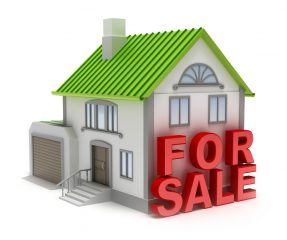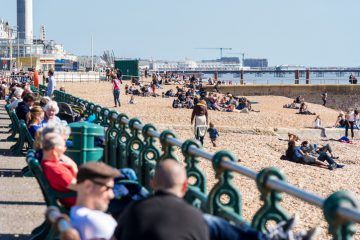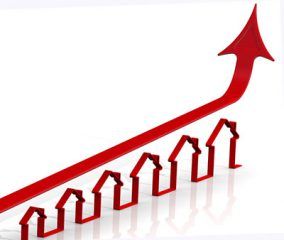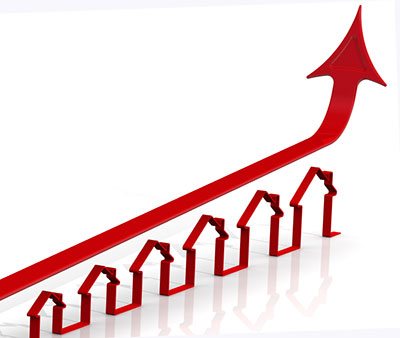Property price growth remains stagnant
The most recent analysis released by the Halifax has indicated that property prices in the UK rose by 3.8% in the three months to April. This is unchanged from March, remaining the lowest annual rate since May 2013.
In addition, the report shows that house prices during the period were 0.2% down on the previous three months-the first quarterly fall since November 2012.
Stagnant
Martin Ellis, Housing Economist at the Halifax, observed: ‘House prices have stagnated over the past three months. Overall, prices in the three months to April were marginally lower than in the preceding three months; the first quarterly decline since November 2012. The annual rate of growth remained at 3.8% in April, the lowest rate since May 2013.’[1]
‘Housing demand appears to have been curbed in recent months due to a deterioration in housing affordability driven by the sustained period of rapid house price growth during 2014-16. Signs of a decline in the pace of job creation, and the beginnings of a squeeze on households’ finances as a result of increasing inflation, may also be constraining the demand for homes. A continued low mortgage rate environment, combined with an ongoing acute shortage of properties for sale, should nonetheless help continue to underpin house prices over the coming months,’ he continued.[1]
Adjustment
Russell Quirk, founder and CEO of eMoov.co.uk, noted: ‘Another slight decline in the rate of house price growth on a monthly basis would suggest that the UK market has begun to naturally adjust after a long period of sustained inflation.’[1]
‘We’ve seen an abundance of buyer demand and a lack of sufficient stock heat the market and it would seem that it is finally beginning to level out. This slow may also be due to a number of other influential factors such as the uncertain political landscape and, it will be interesting to see if the market bounces back over the coming months. That said, sellers are still seeing the price of their property increase annually and this slow in price growth will no doubt be welcomed by those on the other side of the fence, who are struggling to get on the ladder.’[1]
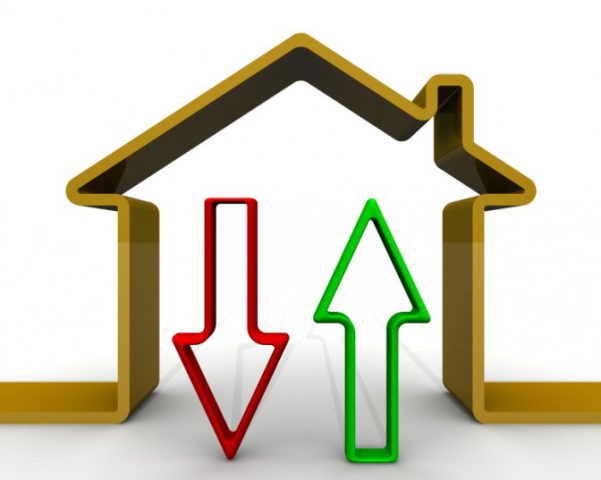
Property price growth remains stagnant
Encouragement
Jeremy Leaf, former residential chairman at RICS, acknowledged: ‘Low mortgage rates and a shortage of property haven’t been enough to support prices.’ However, he went on to say he is, ‘encouraged that the annual level is still above where it was this time last year, bearing in mind the huge increase in demand ahead of the introduction of the 3% stamp duty surcharge last April.’[1]
Concluding, Mr Leaf said: ‘Looking forward, we are finding the market to be relatively balanced between supply and demand and still expect those people who recognise current market conditions to take advantage. The market does seem to be finding a new, slightly lower, level and we are certainly seeing no signs of a more substantial fall.’[1]
[1] http://www.propertyreporter.co.uk/property/house-price-growth-stagnates-at-four-year-low.html
